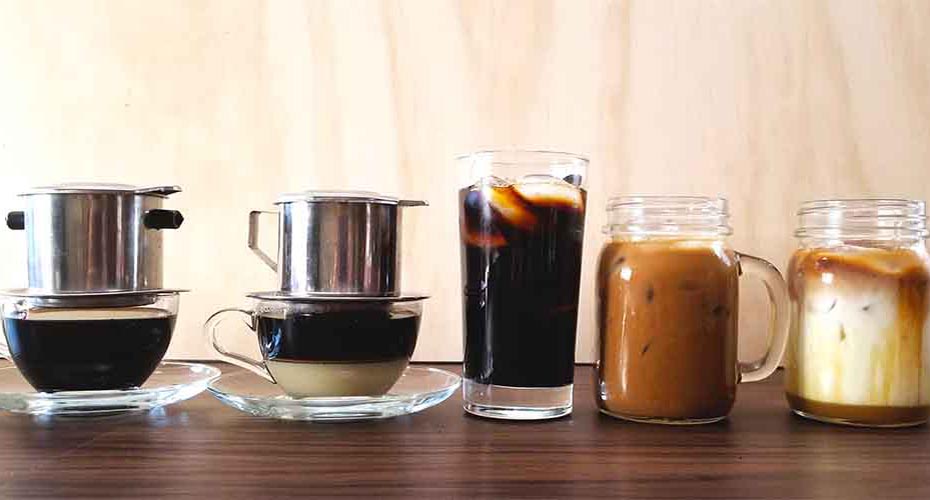Southeast Asia Coffee Culture
In southeast Asia coffee culture has been growing exponentially, this is due to the development of western influence over the past 20 years. Why is it becoming more popular? Does a niche market exist now? In this blog post we will cover everything from Vietnam to all of Southeast Asia coffee.
What Is Vietnamese Coffee?
French colonists introduced coffee to Vietnam during the late seventeenth century, since then the world’s second largest exporter of coffee is Vietnam. This is attributed to the micro-climates making it ideal for growing conditions of coffee plants.
A unique aspect of Vietnamese coffee is that they use Robusta beans which makes up 95% of the coffee plantations and contributes to half of Robusta grown worldwide.
They contain a higher caffeine content, generate better crema and when brewed they tend to give off a “burnt rubber” taste making them not a popular as Arabica beans.

Variations of drinking coffee has always been in Vietnamese culture, “cà phê sữa đá” which is iced coffee with condensed milk is the most common. The distinguishing feature is the brewing apparatus known as “the Phin”, it is an inexpensive device and simple to use.
A stainless steel coffee press that’s placed on top of your mug, takes between 2 – 3 minutes for brewing time and makes a single cup of coffee. This brewing method is a mixture of drip filter and French press.
Check Out These Other Articles On CoffeeBrat
The Best Kona Coffee – What Makes It So Special?
How To Roast Coffee Beans – Do They Have Specific Temperatures?
Sumatra Coffee – What Are The Growing Regions?
Top 7 Home Coffee Roasters – How Much Do They Cost?
Long Black Coffee – How Is It Made?
Southern Vietnam’s variation to this is “bạc sỉu” which is milk coffee. This includes a larger amounts of milk with a little bit of coffee. Vietnam has been leading the way for over a decade and certainly developed a style of its own!
What Is Thai Coffee?
Thailand has grown coffee for more than a century and started exporting in 1976 when coffee culture in North America grew creating a market. The country started with Robusta beans and since then Arabica has became more common.
Traditionally coffee in Thailand is made by roasting espresso beans over a charcoal fire, and share similar coffee culture with Vietnam. A strong cold brew coffee scene has been growing in Chiang Mai over the last decade, but most of Thai’s still prefer tea mixed with condensed milk.
What Is Cambodia Coffee?
Traditionally Cambodians use vegetable fat to roast coffee until nearly black, once the beans have been grounded into a fine powder it’s brewed into a dark cup of coffee. This brewing method is done by using a cloth sock or sleeve as a filter producing a very rich aroma and flavor.
What Is Laos Coffee?
The largest agricultural export in Laos is coffee, located by beautiful scenery of waterfalls and mountain views in Southern Laos of Bolaven Plateau. For locals Robusta play an important role in daily consumption, although tourist visiting the area still prefer a classic Arabica taste.
What Is Malaysian Coffee?
Malaysia has always been a tea-drinking country but coffee culture has caught on in the local beverage market. This is largely due to the high worldwide coffee prices that have consistently increased over the past decade. The main exports still consist of sugar, rubber, palm oil and tea.
What Is Indonesian Coffee?
Traditionally coffee beans in Indonesia are roasted in a wok with butter and kernels of corn. This gives a sweetness to the brewing method and develops a distinct flavor.
Another unique brewing method is called “Kopi” which is brewing coffee in a cloth pouch. This method develops a strong flavor as the cloth rarely washed and only rinsed between each brew.
Final Thoughts
The growing popularity of direct trade coffee has been giving farmers more money for their crop and a way for locals to provide for their families. Supporting southeast Asia coffee culture helps with fair wages for farmers out of poverty and creating a better life.




